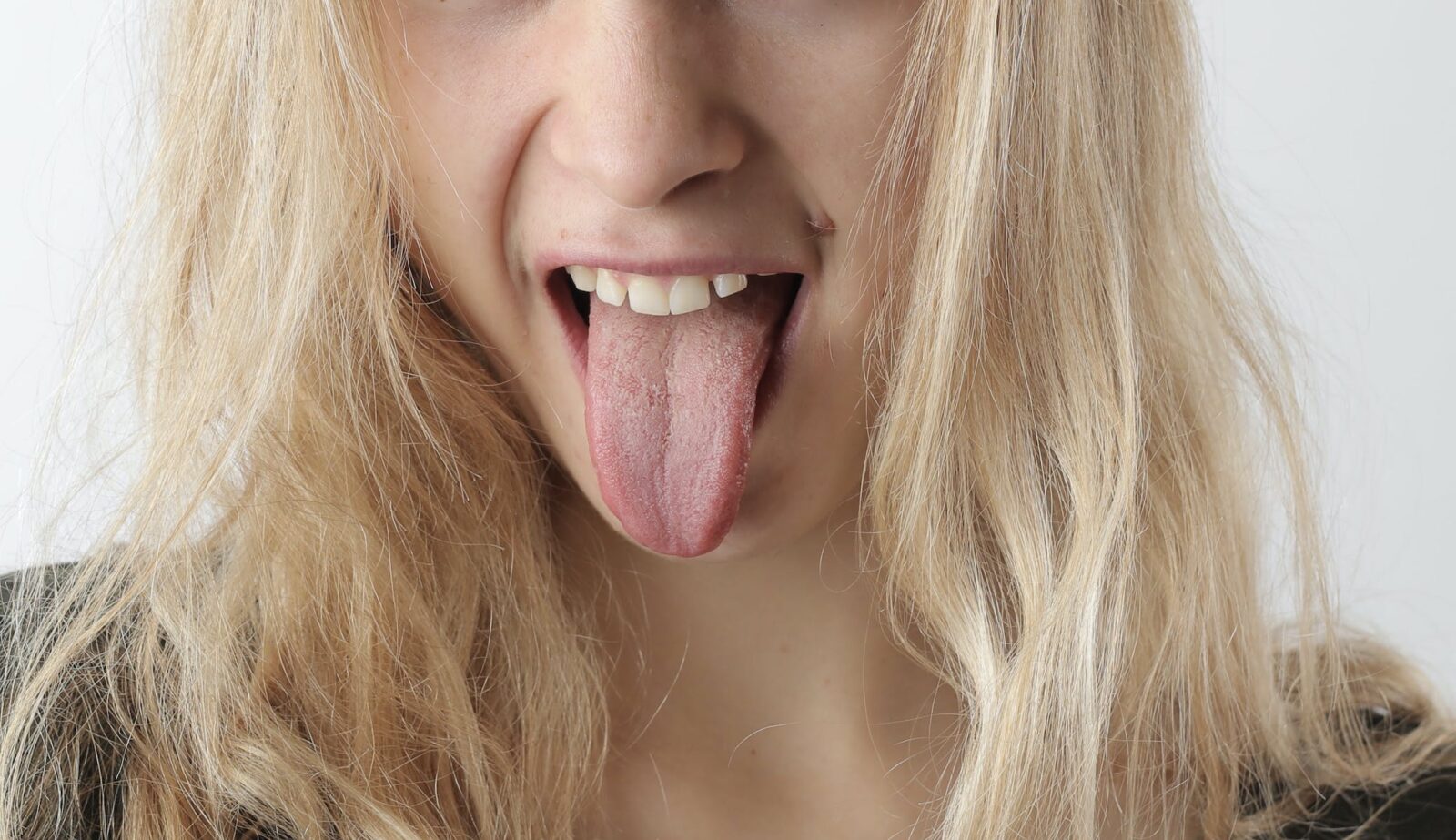
If eyes serve as mirrors to one’s soul, then the tongue can be likened to the body’s dashboard warning light. Its appearance offers insights into certain facets of one’s health, with its hue being a key indicator.
What’s the normal appearance of a tongue?
Ideally, the tongue should exhibit a round and balanced shape. Predominantly, it has a light pink hue, but slight tinges of purple or brown might be observed in individuals of African, Asian, and Mediterranean descent. A faint white layer might also be present.
This whitish layer stems from a durable protein named keratin, which protects the tongue from potential abrasions during consumption.
Upon closer inspection, you’ll notice minuscule protrusions (papillae) on the tongue. They serve a threefold function:
- They detect temperature and tactile sensations.
- They house taste buds, letting you discern sweet, salty, sour, bitter, and umami flavors.
- They aid in food mastication, helping you mold a digestible bolus.
Can what you eat influence tongue color?
Certainly. Your dietary habits can occasionally alter your tongue’s natural shade. The papillae are prone to absorbing pigments from what we consume. For instance, consuming a blue candy might give your tongue a vibrant blue tint. Beverages like coffee and tea, as well as some foods, such as curry rich in yellow turmeric, can discolor the tongue.
Members Only Content
To continue reading please subscribe to WellnessPlus by Dr. Jess MD
Be your own best doctor with our comprehensive suite of online health coaching tools.
